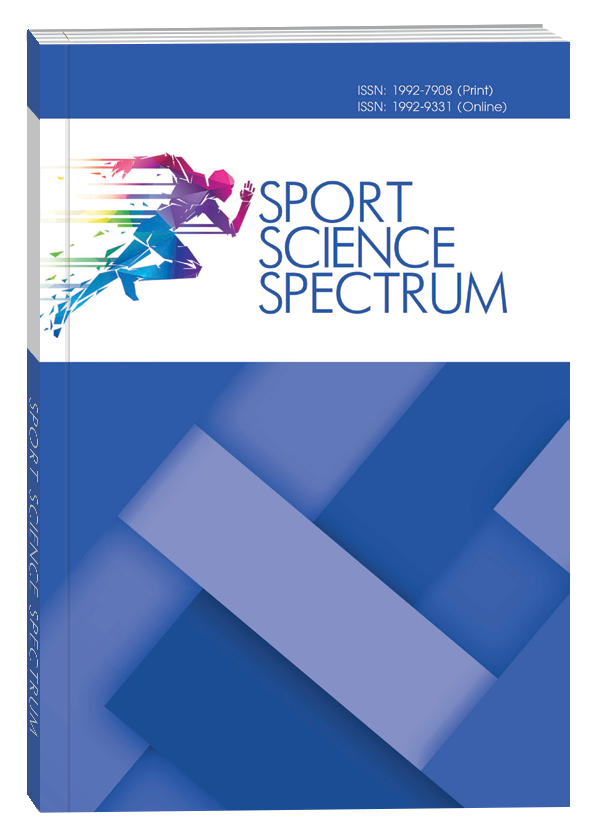Peer-review
Manuscripts submitted to the editorial office are reviewed by the Institute of Peer Review. The forms of article review are as follows: internal (peer review by the editorial board); external (peer review by leading experts in the relevant field).
- The Editorial Board adheres to a double-blind peer review policy: the reviewer does not know who the article’s author is, and the author does not know who reviewed the article. To conduct a peer review procedure meeting the double-blind review policy, authors are advised to submit their publication as two separate files: the first contains full information about the author(s); the second – the manuscript.
- The Editorial Board determines whether the article complies with the journal’s profile and design requirements and sends it for review to a specialist, doctor or candidate of science who has relevant expertise and meets the requirements for ensuring a high-quality independent review.
- The Editorial Board establishes peer review terms for each case, creating conditions for the promptest publication of the article.
- If the reviewer has any comments, the article is returned to the author for revision. If the reviewer has repeated comments, the article is considered rejected and is not accepted for consideration by the editorial board.
- If an article is rejected, the Editorial Board provides the author with a reasoning.
- If a reviewer does not recommend an article for publication, it is not accepted for reconsideration.
- A positive review is not a sufficient basis for publishing an article. The final decision on publication expediency is made by the Editorial Board and the university’s Academic Council.
- After the Editorial Board has approved the article for publication, it informs the author and specifies publication terms. The original reviews are stored in the Editorial Board and the editorial office for at least three years.




